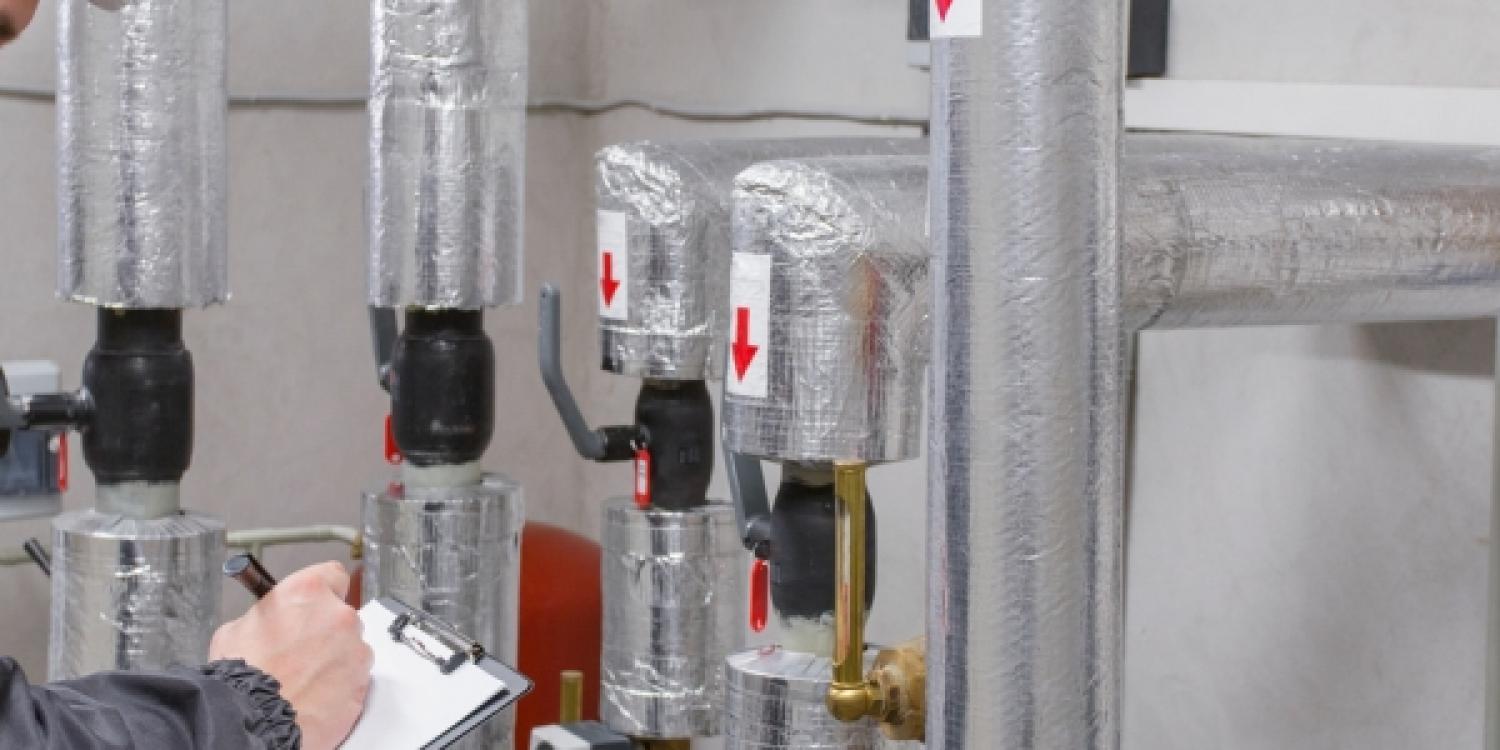Combined heat and power generation system

Information
Combined heat and power (CHP) helps to reduce total fossil fuel consumption from on-site boilers and the power stations they import electricity from. As such, CHP systems help to cut energy bills and the environmental footprint of a company. Recorded primary energy savings from CHP are around 18 %, and 28 % for small packaged CHP schemes.
A CHP system generates usable heat and power within a single process. The power can either be electrical or mechanical (i.e. for driving equipment such as pumps, compressors, and fans). There are three steps in CHP: power generation, heat recovery, and heat use. At the heart of CHP is the prime mover (or heat engine). It is usually a gas turbine, steam turbine or internal combustion engine. Given the diversity of prime movers and fuel used, CHP is flexible and can address various heat demands (e.g. hot water, steam, etc.). This means it can be tailored to the requirements of various sites and used across a wide range of sectors for large and small energy users alike.
CHP only generates economic and environmental savings when it is running, so the system is most viable when the demand for heat is at least 4 500 hours per year. CHP can also be advantageous when demand for heat is low but demand for cooling is high. In this case, heat from a CHP plant can be used for cooling by using an absorption chiller unit.
EAUC-Scotland and Resource Efficient Scotland (RES), Energy Efficiency Technologies Catalogue, http://www.sustainabilityexchange.ac.uk/energy_efficiency_technologies_…
Carbon Trust, Introducing combined heat and power, https://www.carbontrust.com/media/19529/ctv044_introducing_combined_hea…